When we talk about heart health, most people only think about the heart in your chest. But did you know there’s another muscle in your body that works like a second heart?
This muscle helps your blood move around your body better and takes some pressure off your main heart. Which muscle is called the second heart?
It’s the calf muscle, found in your lower leg. Knowing how important it is can help you take better care of your heart and keep your blood flowing smoothly.
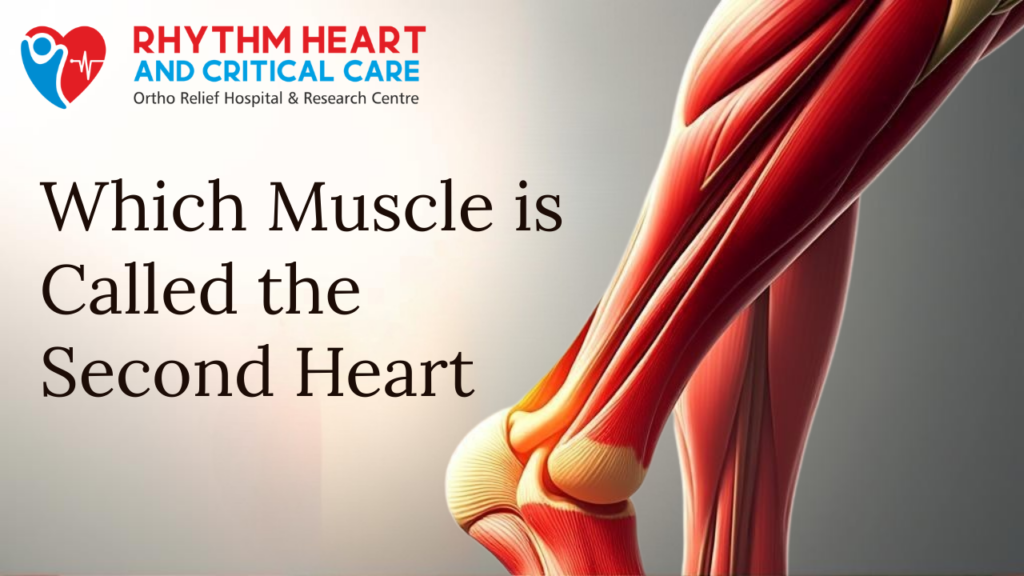
Why is the Calf Muscle Called the Second Heart?
The calf muscle is sometimes called the “second heart” because it helps send blood from your legs back to your heart. When you walk or move your legs, the calf muscles squeeze and move blood through your veins, against the pull of gravity.
This stops blood from staying stuck in your legs and lowers the chance of things like varicose veins, swelling, and blood clots in the deep veins.
So, if you ever wonder which muscle is called the second heart, remember that strong calf muscles are important for keeping your blood circulation healthy.
10 Reasons Why the Calf Muscle is the Second Heart – Which Muscle is Called the Second Heart?
1. Boosts Blood Circulation
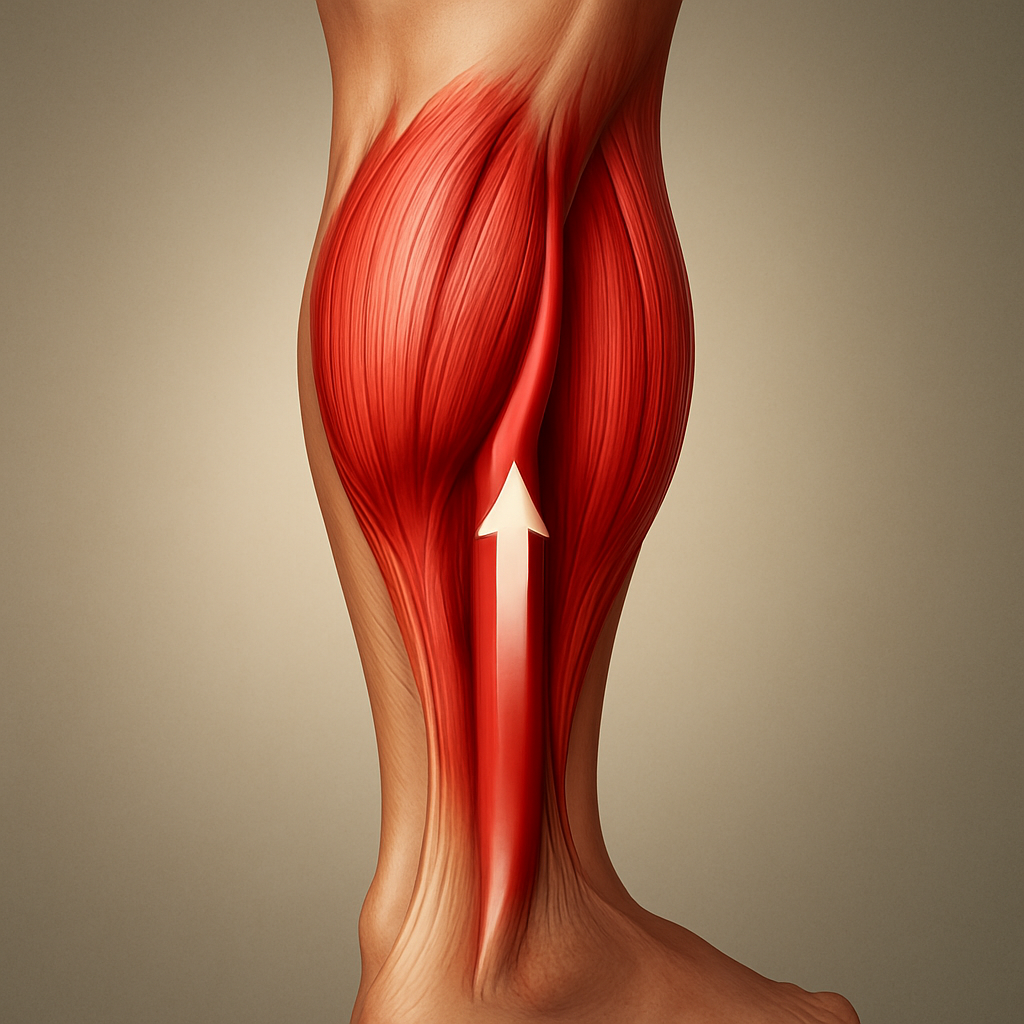
Calf muscles are important for helping blood move through the body. They work like a pump to push blood up toward the heart, especially when you walk or move your legs.
As the muscles tighten and release, they help lift blood against gravity, which keeps blood flowing smoothly and stops it from collecting too much in the legs.
This makes calf muscles key to keeping blood circulation healthy.
2. Prevents Varicose Veins
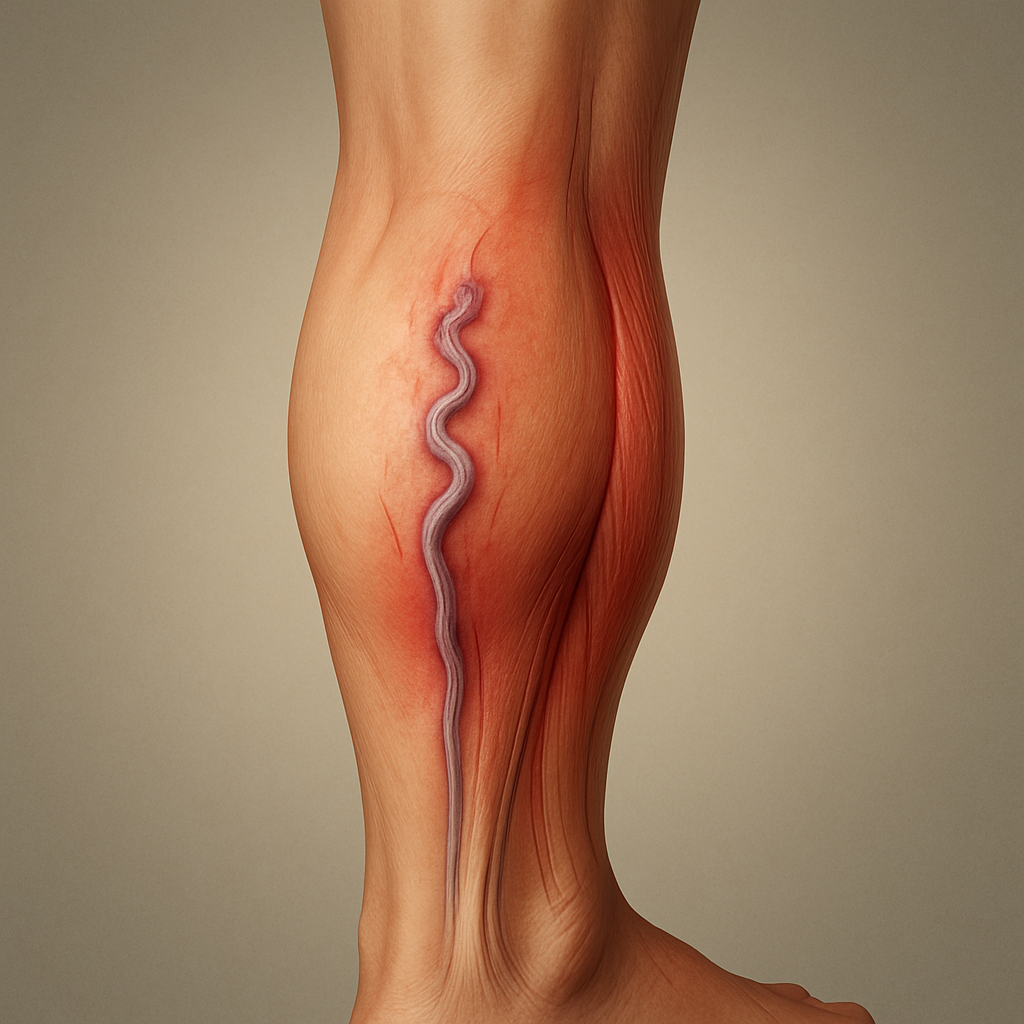
Strong calf muscles help stop varicose veins by keeping blood moving from the legs to the heart.
When you walk or exercise, these muscles squeeze, which stops blood from staying still in the veins.
If the muscles don’t work properly, blood can stay in the lower legs, making pressure higher and causing the veins to get bigger, which leads to varicose veins.
3. Supports Heart Function
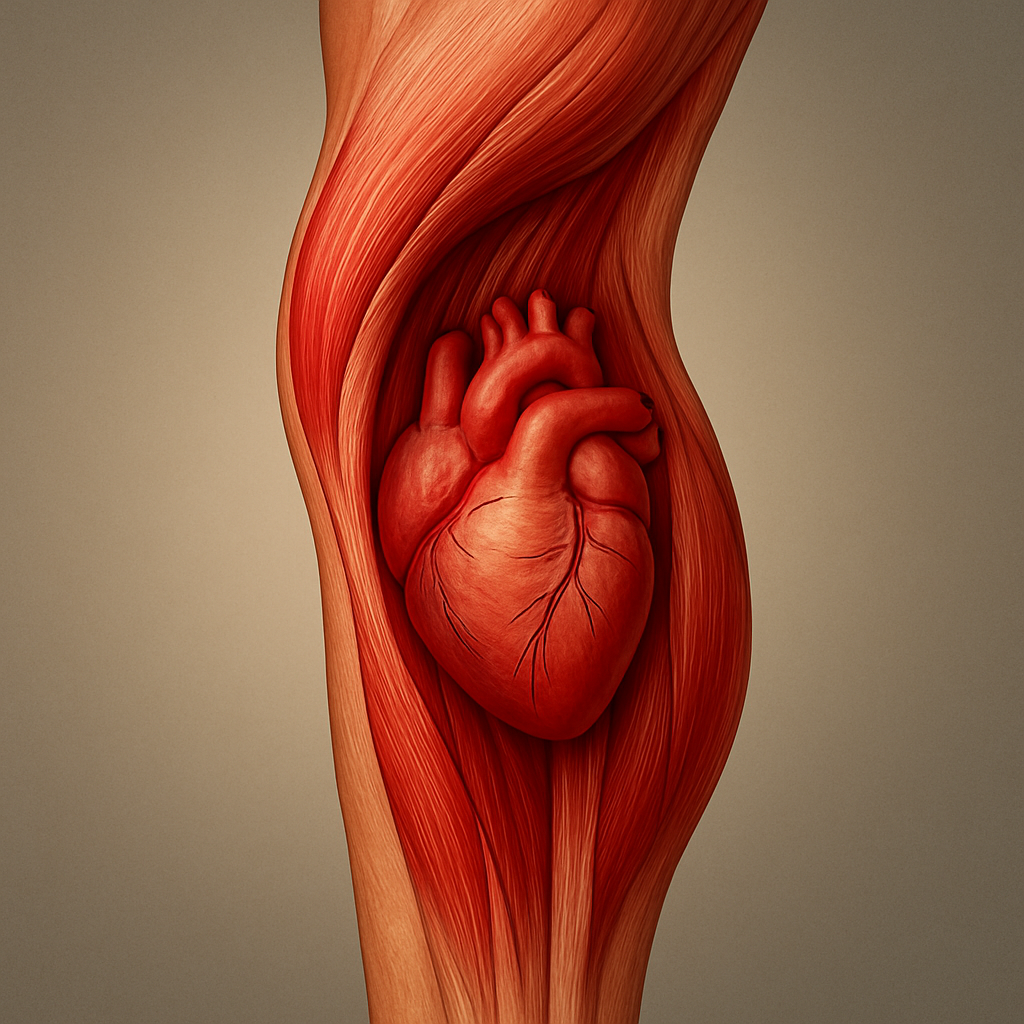
The calf muscle helps the heart by helping to push blood back up the legs. This makes it easier for the heart to send blood throughout the body.
When you walk or do exercise, the calf muscles move, which keeps blood flowing smoothly.
This reduces stress on the heart and supports better heart health in the long run.
4. Improves Oxygen Supply
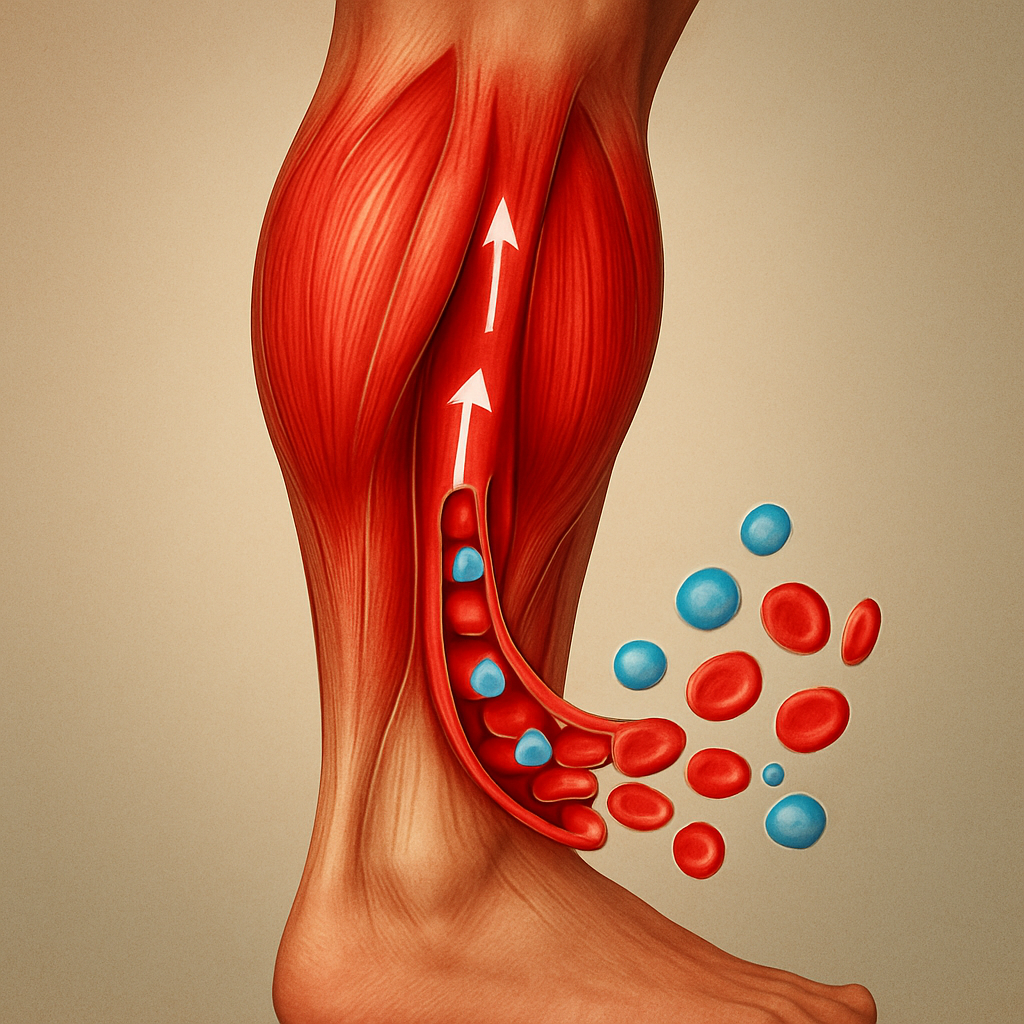
Healthy calf muscles improve oxygen delivery throughout the body. When blood flows efficiently from the legs back to the heart, it gets reoxygenated faster and returns to tissues without delay.
This process ensures that muscles, organs, and cells receive enough oxygen to function properly, reducing fatigue and enhancing energy levels during daily activities or exercise.
5. Lowers Risk of Blood Clots
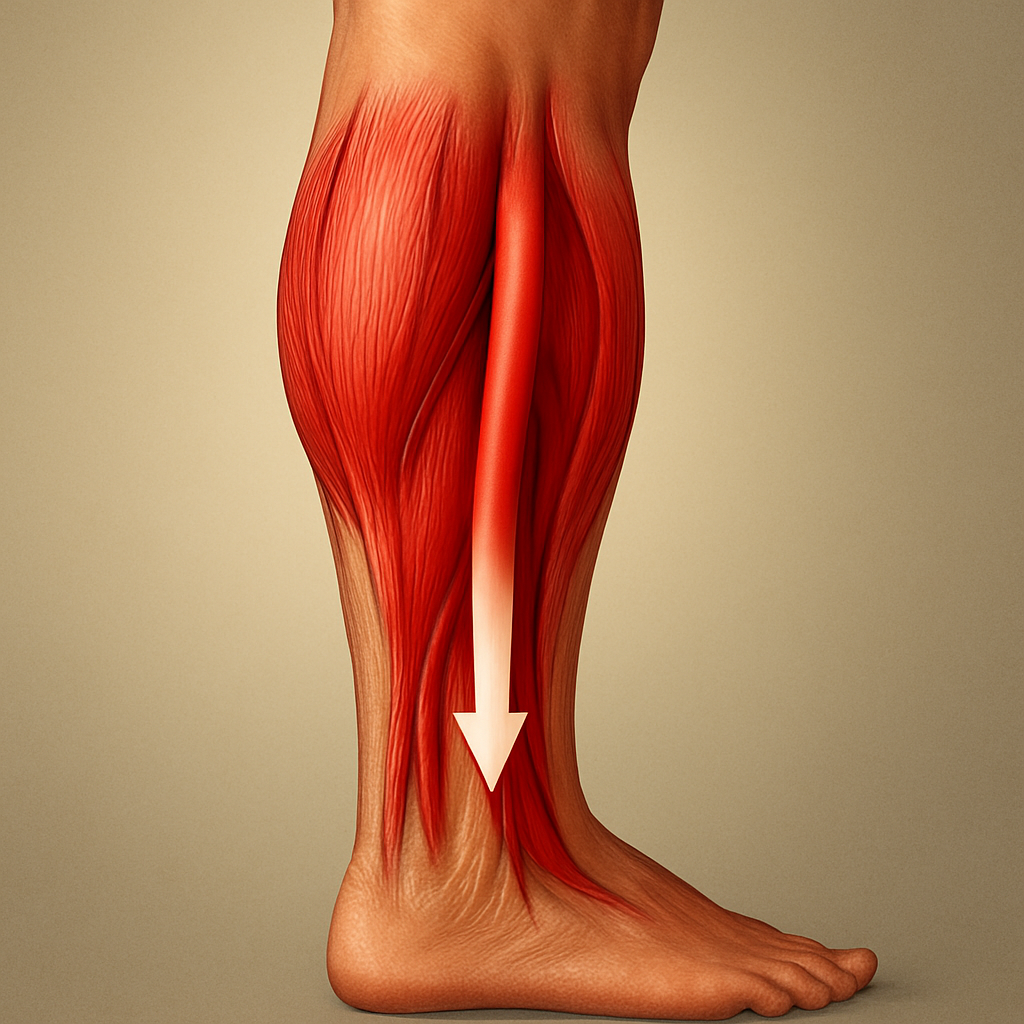
Moving your calf muscles helps stop deep vein thrombosis (DVT) and blood clots.
When you walk or move your legs, the muscles in your calves tighten and push blood back toward your heart, which keeps the blood flowing and stops it from staying still.
If blood stays in the veins for a long time without moving, it can form a clot, which can be very dangerous. Doing exercises for your calves greatly reduces this risk.
6. Reduces Swelling in Legs
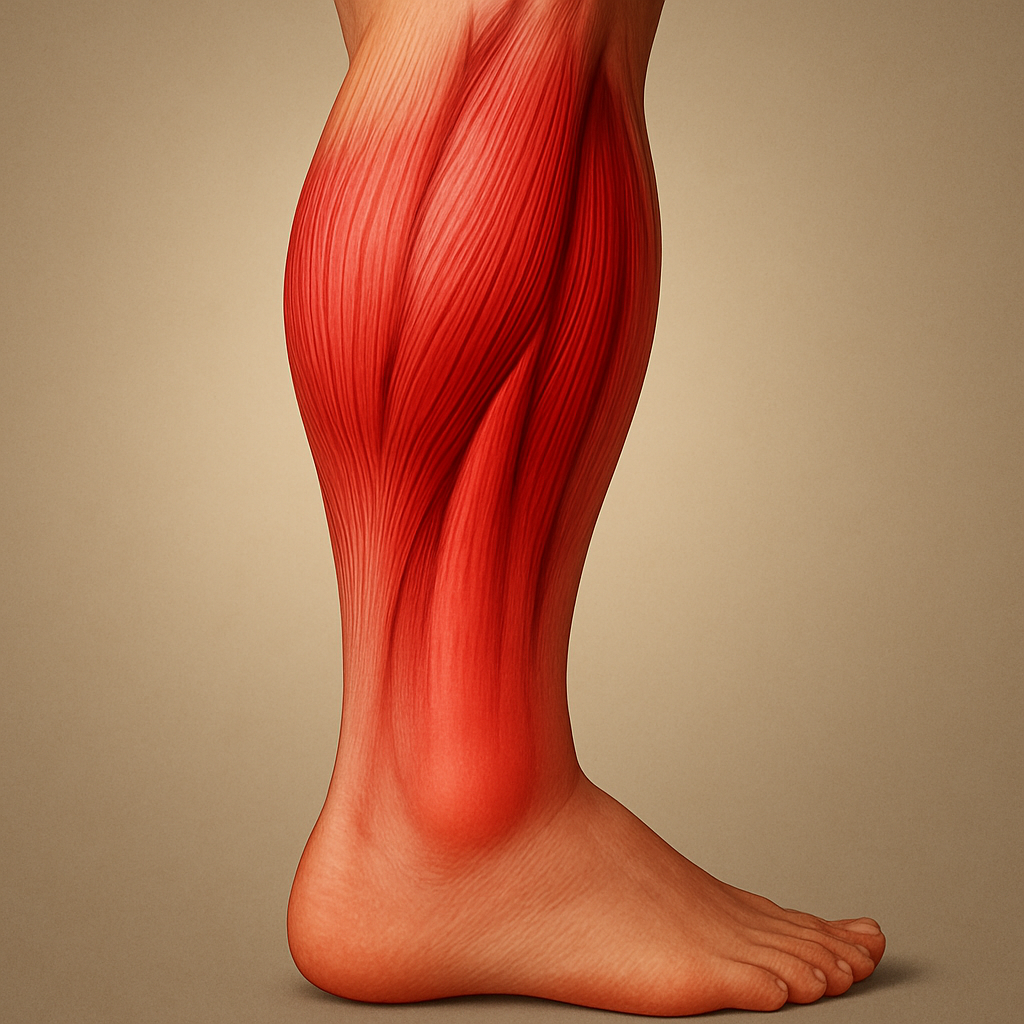
The muscles in the calf help stop fluid from building up and causing swelling in the legs.
When these muscles move, they help move blood and lymph fluid back up to the heart, which keeps the feet and ankles from getting too swollen.
This is very helpful for people who sit or stand a lot because not moving much can lead to swelling in the lower legs.
7. Improves Venous Health
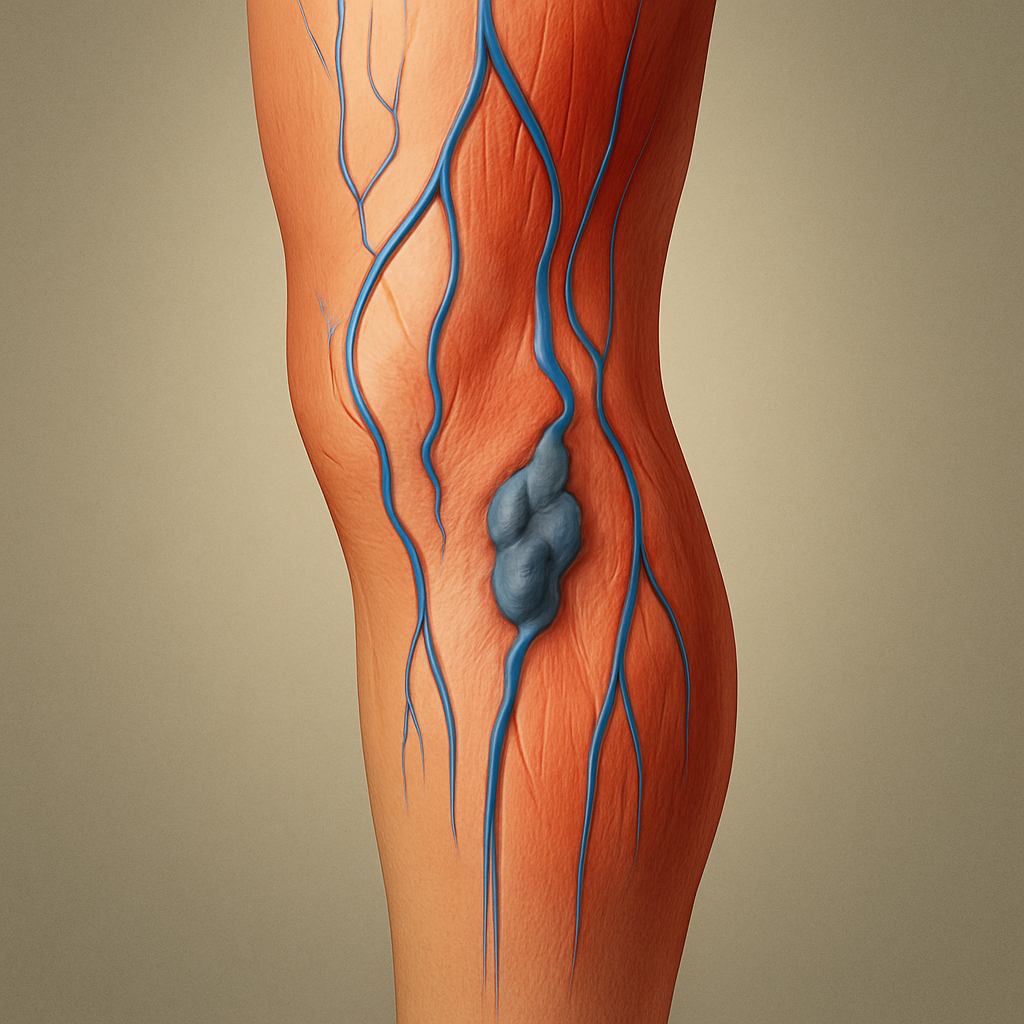
Strong and active calf muscles help keep veins healthy by helping blood flow in the right direction.
The valves inside the veins work better when the calf muscles move and push the blood. If the calf muscles aren’t working properly, pressure can increase in the veins, which can lead to a condition called chronic venous insufficiency.
Walking regularly and doing exercises for the calves keeps the veins strong and helps them work well, supporting good vascular health over time.
8. Aids in Lymphatic Drainage
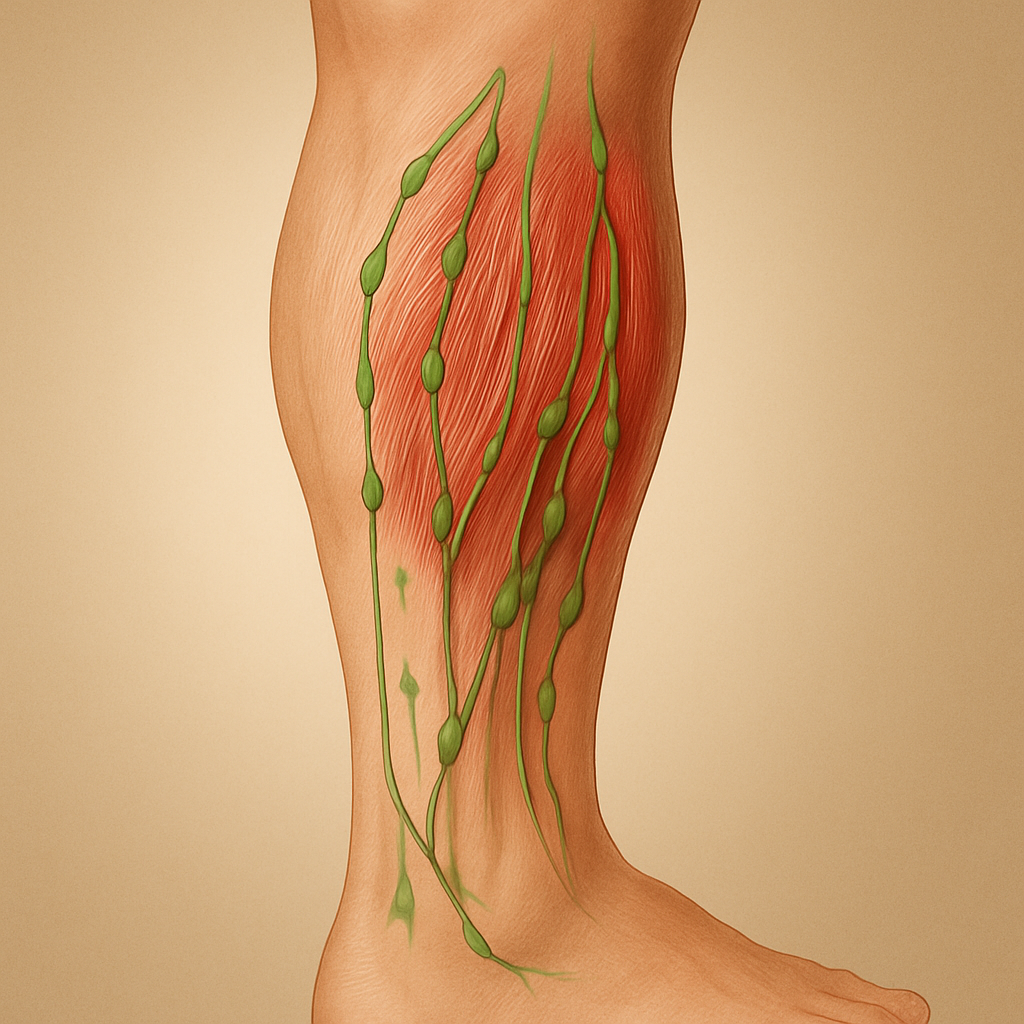
Besides blood circulation, the calf muscles also help move lymphatic fluid. The lymphatic system uses muscle movement to remove toxins and waste from the body’s tissues.
The calf works like a pump, helping push lymph upward toward the lymph nodes and stopping fluid from collecting in the legs.
This helps reduce swelling, helps the immune system work better, and keeps the body’s detox system running smoothly.
9. Essential for Mobility and Endurance
Calf muscles do more than just help you move, they play a key role in keeping you going for longer.
They help keep blood flowing through your legs while you walk or run, which stops you from getting tired or experiencing muscle cramps. Good blood flow makes sure that oxygen and nutrients get to your leg muscles all the time.
This keeps your energy up, makes walking easier, and improves your heart and lung function during long periods of physical activity like sports or exercise.
10. Protects Against Venous Disorders
If the calf muscles are not active, it can cause problems in the veins, such as chronic venous insufficiency, varicose veins, and even leg ulcers.
These muscles help push blood upward, keeping the veins from getting too much pressure or getting damaged.
Doing simple activities that use the calf muscles, like raising the toes, walking, or running, helps keep the veins healthy and prevents these serious circulation issues.
How to Keep Your Second Heart Strong?
To keep your “second heart” healthy, regular exercise is essential. Walking, cycling, and calf raises are excellent ways to strengthen these muscles.
Staying hydrated and maintaining a balanced diet also supports circulation. For people who sit or stand for long hours, simple stretching and foot flexing can make a big difference.
Always remember, when you focus on Which Muscle is Called the Second Heart, you are also taking steps to protect your real heart.
At Dr. Manish Juneja’s Cardiology Clinic in Nagpur, we focus on teaching patients about all parts of heart health.
Whether it’s preventing problems or providing cutting-edge treatments, we are committed to helping you maintain a strong and healthy heart.
Schedule your appointment today at drmanishjuneja.com and start your journey toward a better heart health.
FAQ’S
1. Which muscle is called the second heart?
The soleus muscle, located in the calf, is often called the second heart because it helps pump blood from the lower limbs back to the heart.
2. Why is the soleus muscle called the second heart?
It’s called the second heart because the soleus muscle contracts during activities like walking and standing, pushing blood upward and improving circulation.
3. Where is the muscle known as the second heart located?
The muscle referred to as the second heart is located in the calf, beneath the gastrocnemius muscle in the lower leg.
4. What is the function of the muscle called the second heart?
The second heart (soleus muscle) helps maintain blood flow to the heart by acting as a pump in the legs, especially during standing or walking.
5. How does the second heart muscle help in blood circulation?
When the soleus muscle contracts, it compresses veins in the legs, forcing blood upward and preventing pooling in the lower extremities.
6. Which activities strengthen the muscle called the second heart?
Walking, jogging, calf raises, and cycling are excellent exercises to strengthen the soleus muscle and improve its function as the second heart.
7. What happens if the second heart muscle is weak?
A weak soleus muscle can lead to poor blood circulation, swelling in the legs, and an increased risk of varicose veins.
8. Is the soleus the only muscle called the second heart?
Yes, the soleus is primarily referred to as the second heart due to its unique role in venous blood return from the legs.
9. How can I activate the muscle called the second heart?
You can activate your second heart by performing calf exercises, standing on your toes, or walking regularly to engage the soleus muscle.
10. Why is improving the second heart muscle important for health?
Strengthening the second heart improves circulation, reduces strain on the actual heart, and helps prevent conditions like deep vein thrombosis.
Reference –
https://shaftesburychiropractic.co.uk/advice/why-is-the-calf-muscle-considered-the-second-heart

